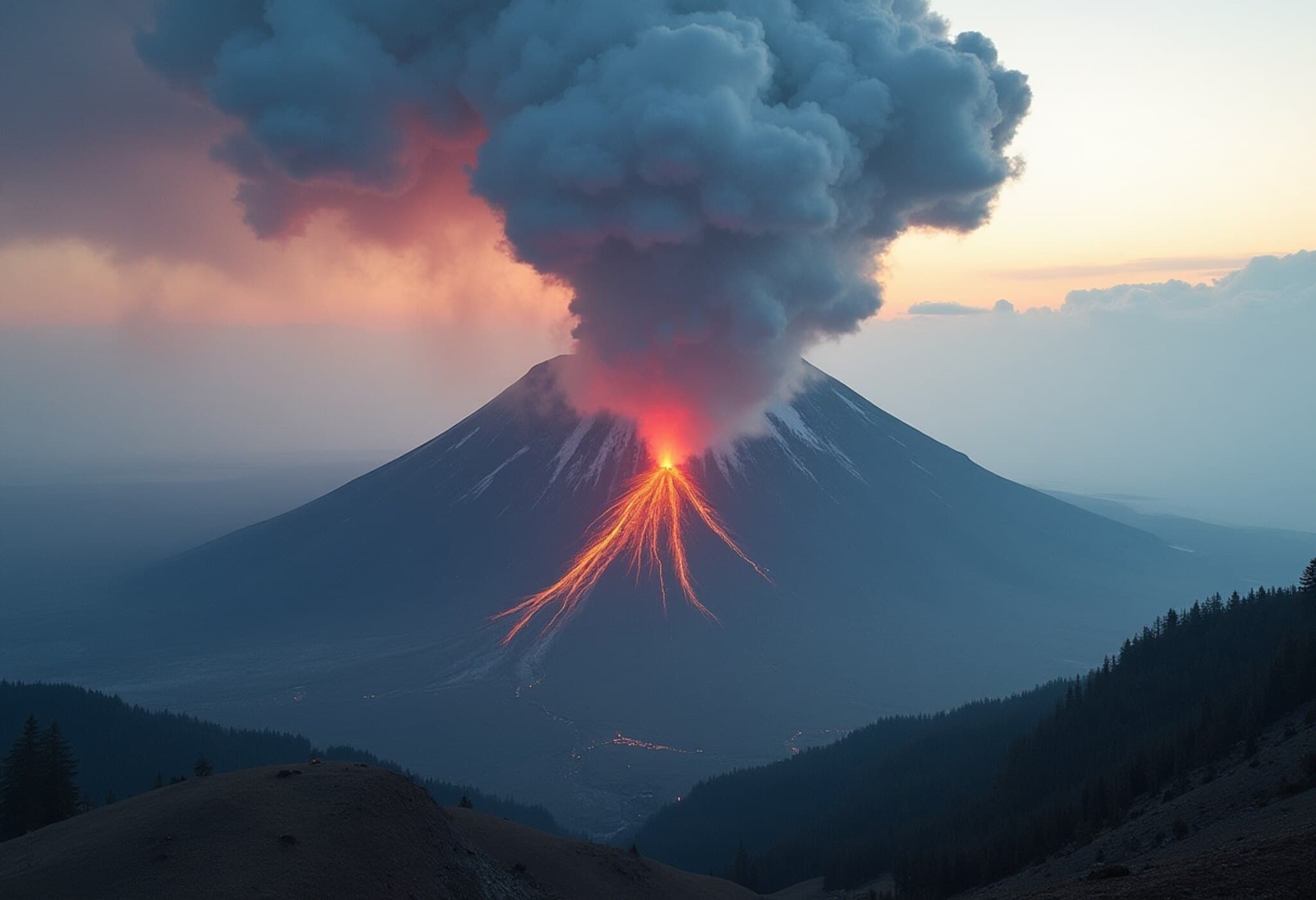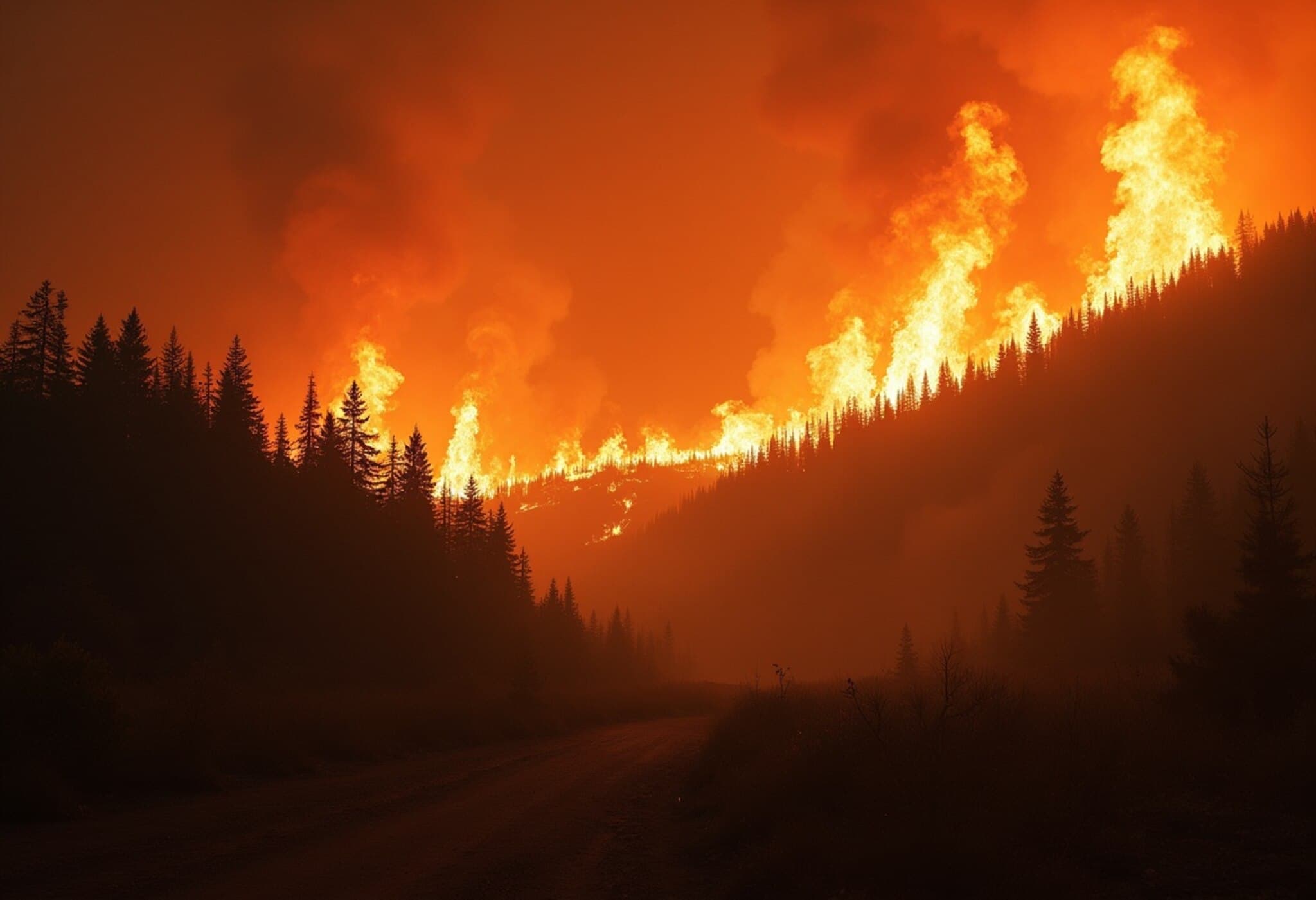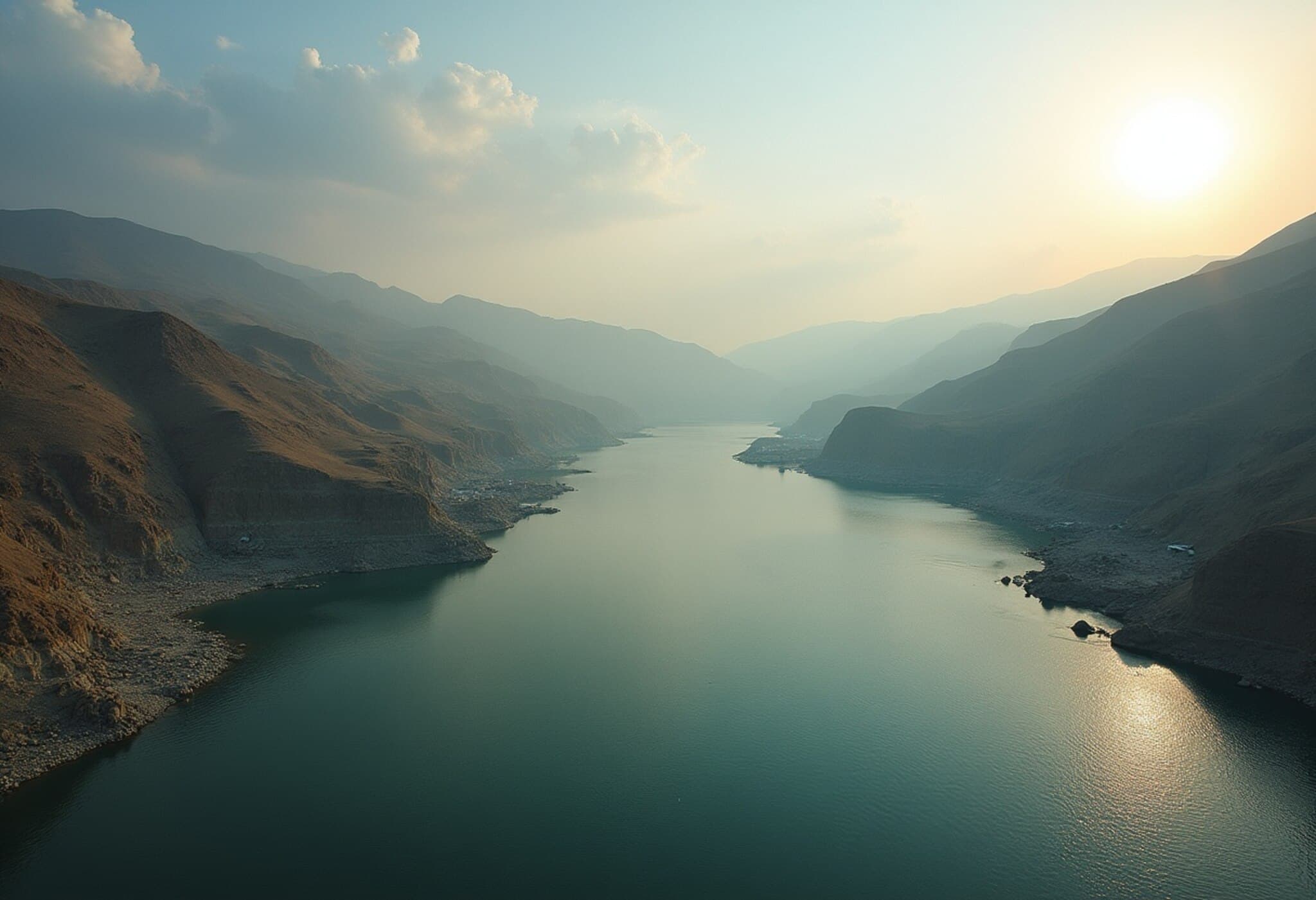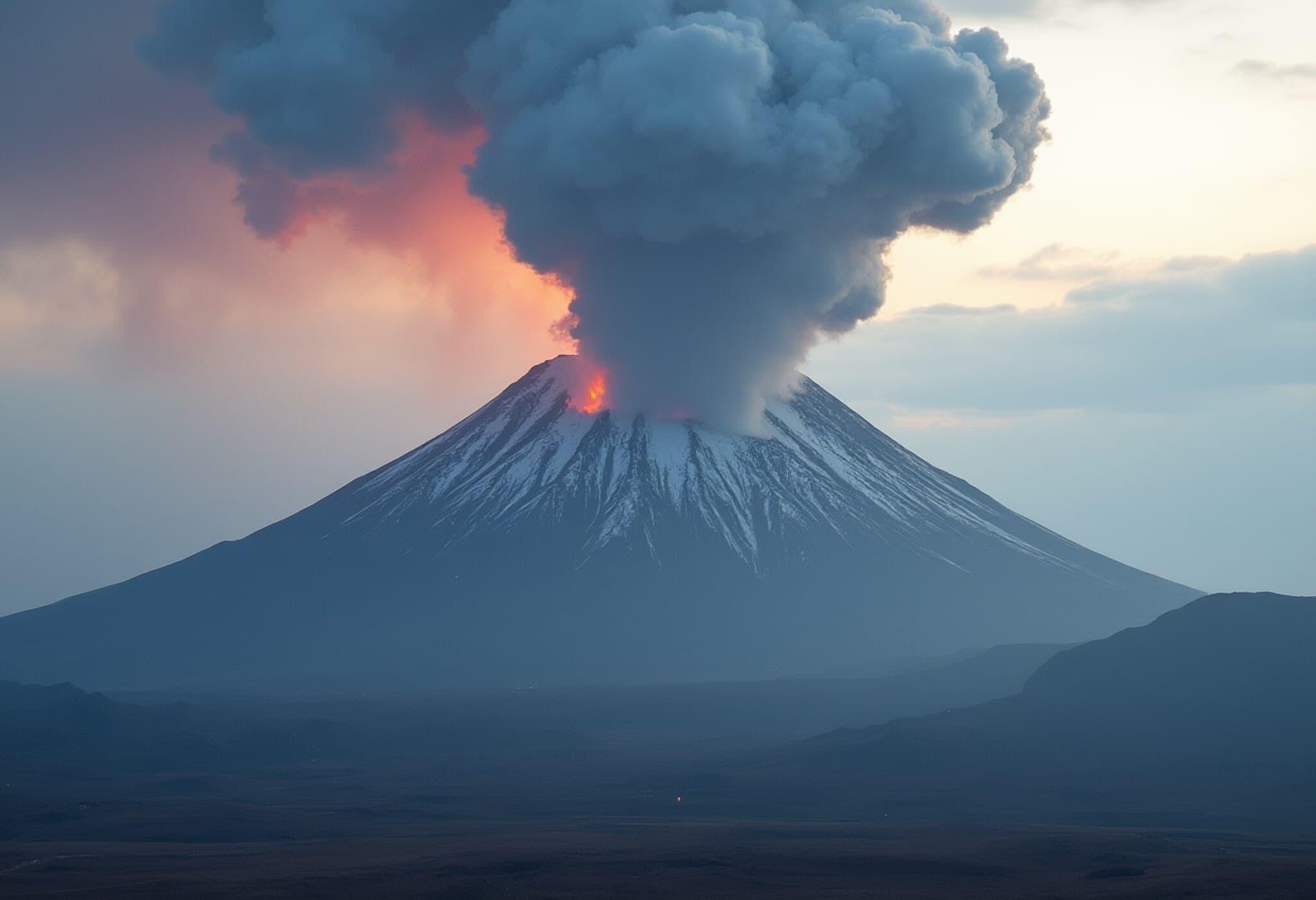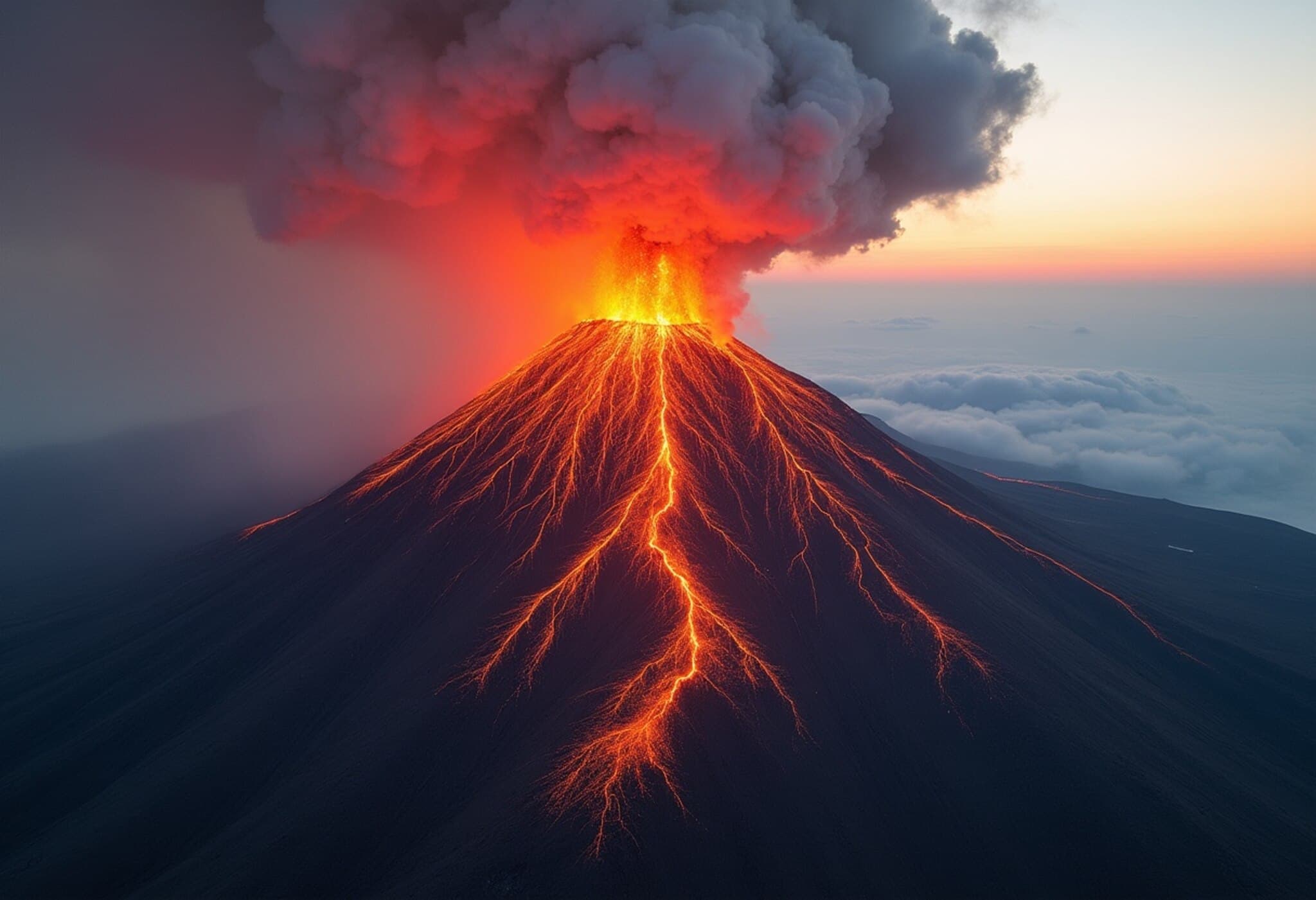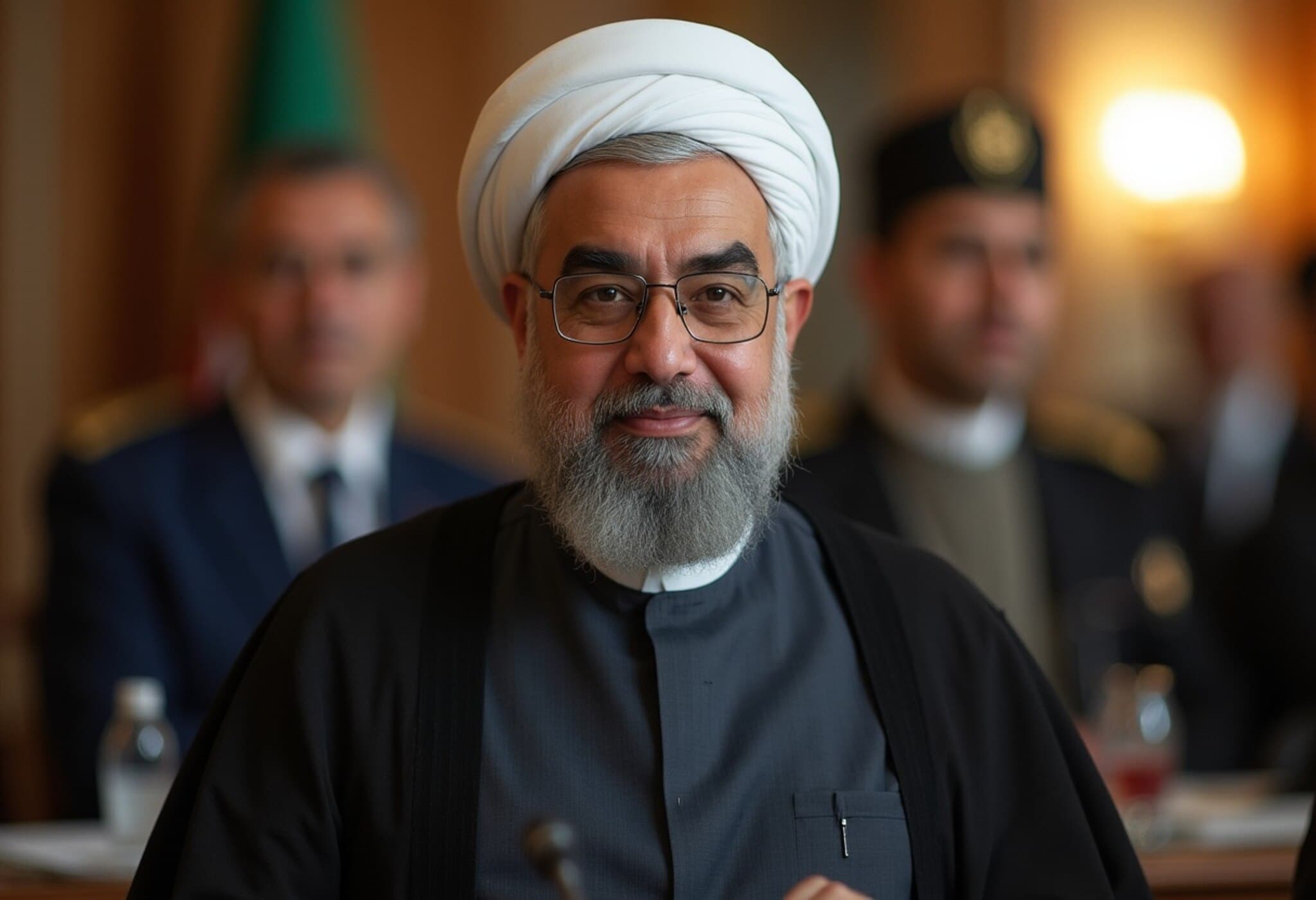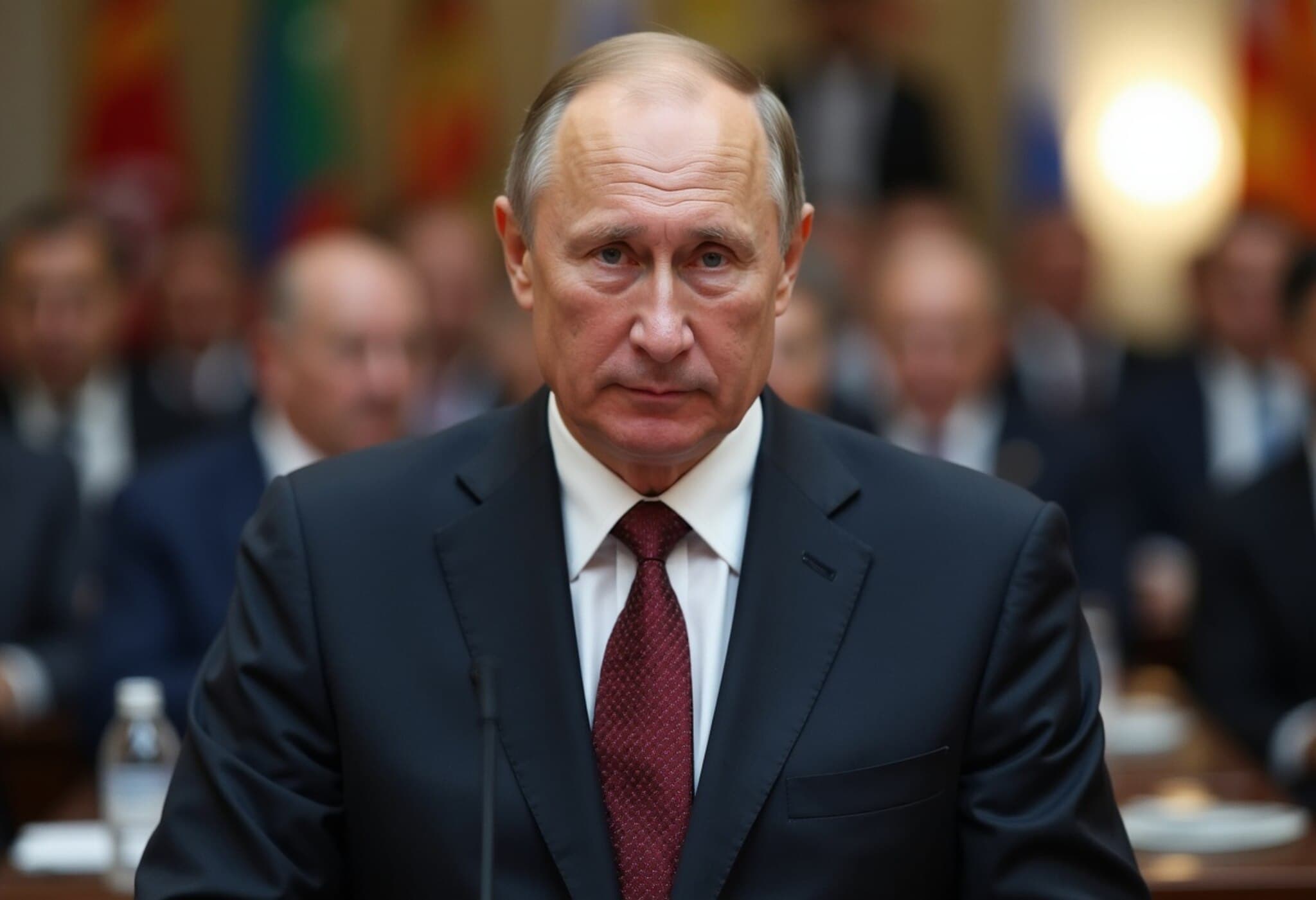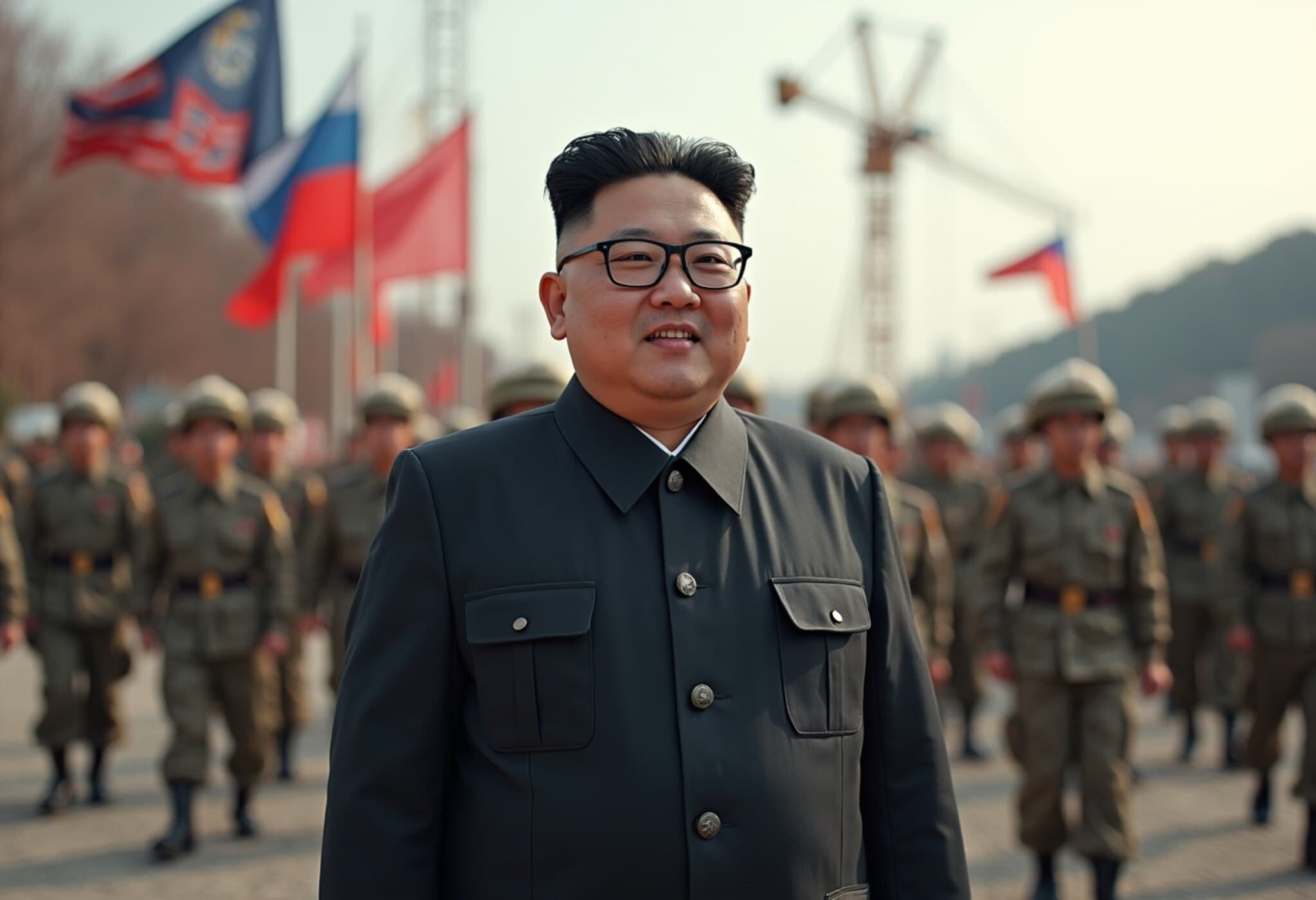Historic Eruption at Krasheninnikov Volcano Shakes Kronotsky Reserve
In a rare geological event, the Krasheninnikov volcano, nestled within Russia’s Kronotsky Nature Reserve, erupted for the first time in over five centuries, sending dramatic plumes of smoke and ash soaring up to 4 kilometers into the sky. The eruption, recorded on August 5, 2025, marks a significant moment not only for volcanologists but also for the local ecosystem and potentially global climate patterns.
Unprecedented Activity in a Long-Dormant Giant
Krasheninnikov’s awakening has astonished scientists monitoring the Pacific Ring of Fire. After sleeping silently since the early 1500s, the volcano’s sudden activity poses questions about the evolving geological dynamics of this remote region in Russia’s Far East.
Such a powerful eruption lets us peer into the Earth’s fiery core and understand better the intricate dance of tectonic forces shaping our planet. Experts emphasize that while Krasheninnikov’s behavior might be isolated, it could also signal shifts in volcanic activity across the Kamchatka Peninsula, an area renowned for frequent seismic events.
Environmental and Human Implications
Although the Kronotsky Nature Reserve is a protected wilderness, home to diverse flora and fauna, the eruption’s ash cloud could have immediate and longer-term effects:
- Air Quality Concerns: Ash particles can degrade air quality, threatening respiratory health of any nearby human settlements and disturbing wildlife.
- Ecological Impact: Ash deposits may alter soil chemistry, disrupt plant life cycles, and affect water sources.
- Climate Considerations: Large volcanic eruptions can inject aerosols into the atmosphere, potentially cooling global temperatures temporarily by reflecting sunlight.
Currently, no nearby communities have reported damages or evacuations, but authorities remain vigilant, closely monitoring seismic activity and ash dispersion patterns.
Expert Views on Monitoring and Preparedness
Russian geologists and international volcanologists stress the importance of advanced monitoring systems. Given that this eruption ended a 500-year dormancy, it underscores how volcanic hazards remain unpredictable despite technological advances.
Dr. Elena Sokolova, a volcanologist with the Russian Academy of Sciences, commented, "This eruption is a stark reminder that even the quietest giants may awaken unexpectedly. Comprehensive surveillance combined with public awareness are essential to minimize risks."
What This Means for Global Volcanic Activity
Krasheninnikov’s eruption adds to a global pattern of increased volcanic activity in recent years, a phenomenon some experts correlate with natural geological cycles. While it's premature to draw definitive links to climate change or human activity, it demands continued scientific scrutiny.
Furthermore, as the Kronotsky Nature Reserve is part of a UNESCO World Heritage Site, the eruption draws attention to how natural heritage sites might face threats from such natural disasters, urging international cooperation on ecological preservation and disaster response.
Looking Ahead: Questions and Opportunities
This eruption invites reflection on multiple fronts:
- How might long-dormant volcanoes worldwide be better monitored in the future?
- What vulnerabilities do natural reserves face amid sudden geological upheavals?
- Could ash emissions from such isolated eruptions have measurable global climate effects?
As scientists continue their analysis using satellite data and field reports, the Krasheninnikov eruption becomes a vital case study in understanding Earth’s dynamic systems and preparing for natural events that defy our expectations.
Editor’s Note
The awakening of the Krasheninnikov volcano after 500 years isn’t just a sensational geological event; it’s a powerful reminder of nature’s unpredictability and the essential role of vigilant scientific monitoring. While immediate threats appear limited, the wider environmental and climatic implications merit close attention. This event challenges us to rethink preparedness strategies, especially in ecologically sensitive zones often considered untouched by time.
Stay tuned as we track new developments from the Kronotsky region and expert insights that deepen our understanding of volcanic phenomena’s far-reaching impacts.

